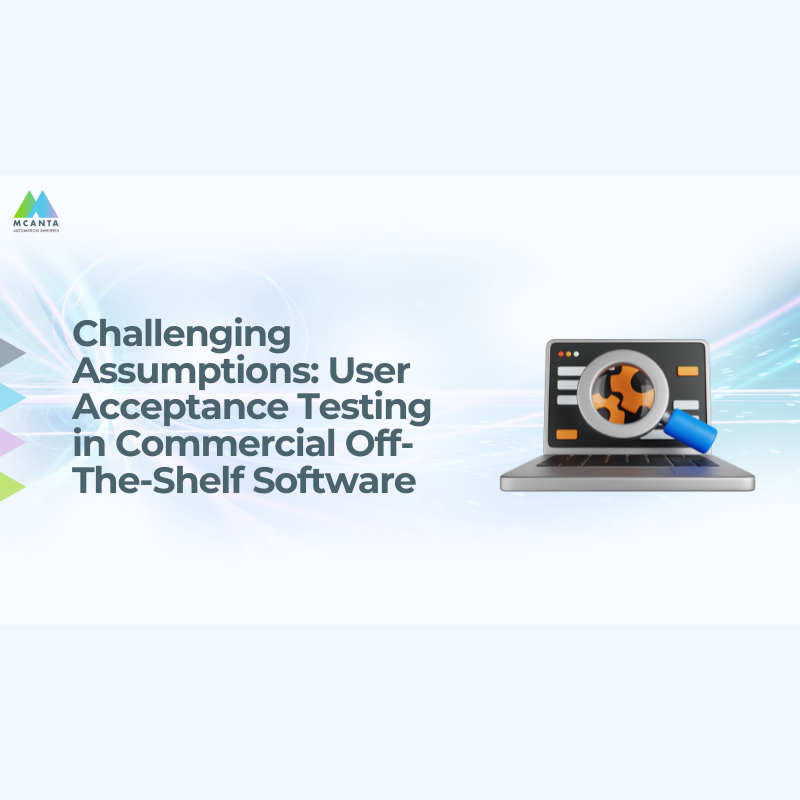Return to Office Mandates and The Real Cost of Efficiency: Outsourcing Local vs. Overseas
There is a trend towards “back-to-the-office” mandates in many organizations, particularly for roles with high interaction needs and many handoffs. But the pendulum has not swung all the way back; many organizations want to keep the advantages of remote work.
Many organizations have settled on a hybrid approach. Combining the flexibility of remote work with the cohesion of in-person interaction has given each side of the employee/employer agreement a ‘win-win’ solution.
I was first part of a remote work solution in 2000. Thankfully the screeching of my dial-up is a story I tell my kids about when we rewatch wargames. What we observed then and continue to observe now is that face-to-face communication is better communication. This is especially true early in a working relationship as culture, needs, and expectations are solidified.
Building a team culture and establishing relationships is fundamental for all businesses. In-person interactions build cohesiveness, collaboration, a feeling of belonging, and a sense of accountability. Can it be done through digital communication alone – yes, it is a lot more work – yes.
Even just one meeting allows you to build relationships in a way that is otherwise difficult. Heads-down work performed remotely after the direction and objectives are defined provides the best of both worlds – which is why the trend seems to be settling on hybrid.
Our question to you?
Perhaps your organization is evaluating and measuring the effectiveness of employees returning to the office. Are you asking the same questions about your outsourced teams? Are you revisiting the calculation of lower hourly cost vs the total cost to completion?
As an outsourced provider of QA services, our observation is that regular in-person meetings coupled with regular video check-ins enable our QA teams to build the culture, communication and cohesion that drives superior results. This hybrid approach gets the work done faster, with less time spent on both sides, resulting in a lower total cost for a QA project.
At a recent kickoff with an automobile manufacturer for a managed QA engagement,[RD1] we met with the QA team, listened to their QA process, heard their pain points, identified a few cases to demonstrate, and worked side by side, and had our first automated test written in two hours. This quick and additive value cut through hours of meetings and presentations and established a trust-forward engagement management approach. Our understanding of their priorities [RD2] let us focus on their primary objective of test automation while also addressing their secondary needs, such as UI coverage maps. Our in-person, video, and report-only meetings vary depending on the stage in the product lifecycle. The course corrections have been minor adjustments and [RD3] fixed forward, again built on trust.
If you want to cut through hours of meetings and presentations and get answers from your QA services let’s have a conversation. We believe that great QA can significantly improve product and project results. If you are interested in catalyzing your QA processes – we would love to connect, have a conversation, hear your goals, and come up with solutions to achieve them!




